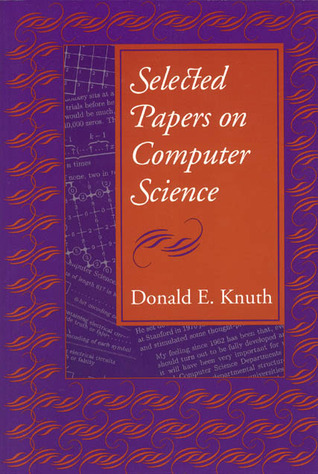What do you think?
Rate this book


276 pages, Paperback
First published July 13, 1996
Sometimes this tolerance for diversity is a weakness of computer scientists, because we don’t try as hard as we should to find uniform laws. But sometimes it is a strength, because we can deal fluently with concepts that are inherently nonuniform. (110)Of course, almost all of these essays are available via internet, and things go downhill pretty quickly from there. A few chapters in, you’re presented with four transcribed talks on the relationship between "theory and practice" that are, in places, word-for-word identical. Later on, there’s an examination of the extent to which Babylonians thought algorithmically, which - I’ll be the first to admit - sounds really interesting, but turns out to be nauseatingly, way-too-caught-up-in-the-details boring.
RUNCIBLE had four version called AX, AY, BX, and BY, where X stood for object code that invoked subroutines for floating-point arithmetic while Y stood for object code that used the 650’s optional floating-point hardware; A stood for SOAP output, while B stood for directly loadable machine language problems punched five per card (bypassing the need for assembly). (232)… you get the idea.